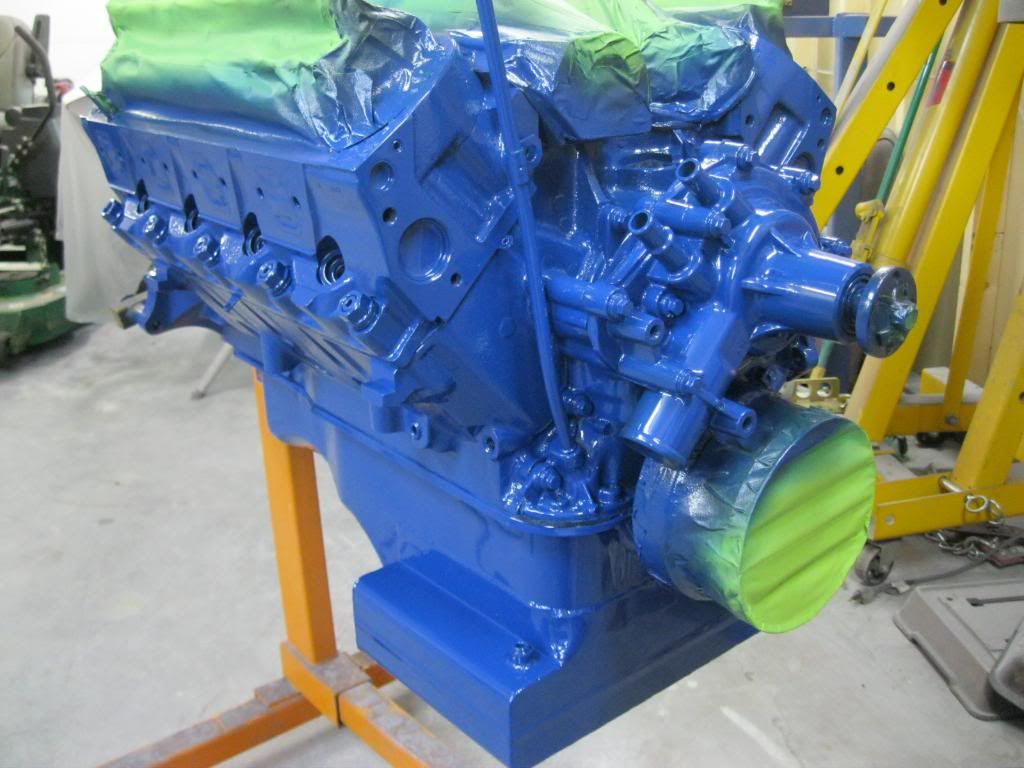buckeyedemon
Member
"cmayna" said:THAT is far from being Ford dark blue.
The following picture of a valve cover was taken from the following link. The person claims it was painted Duplicolor 1606. Compare that to my engine.
http://www.concoursmustang.com/forum/http://localhost/stangfixp/viewtopic.php?p=4009#p4009

In the following thread you make the following statement:
http://www.stangfix.com/testforum2/index.php/topic,2649.0.html
"cmayna" said:Picked up a few cans of Duplicolor DE1606 engine paint last night. Nice dark blue.
For future reference, keep in mind that lighting/cameras can play games with colors.
Last edited by a moderator:

